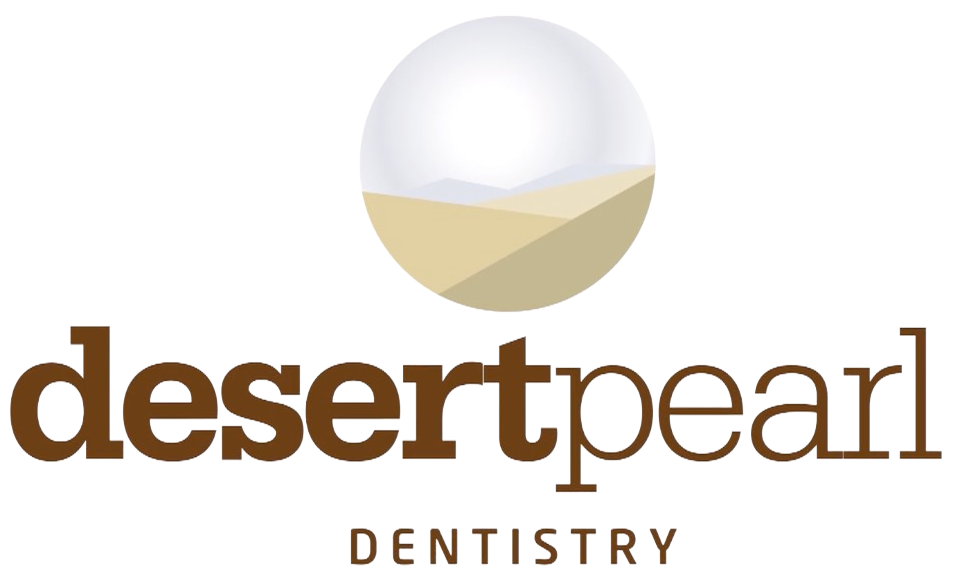An expanding number of people are becoming aware of the human impact on the environment, and signs of it are everywhere. From reduced packaging goods on shelves to the unmistakable blue recycling bin that stands alongside our garbage cans, we’re all trying to take action. One source of waste that often gets overlooked is our dental care routine. The most commonly purchased dental hygiene tools are made of plastic or synthetic fibers and come in disposable packaging made of more plastic. This leaves many wondering if there are alternatives to these products.
Each plastic toothbrush is the source of 3 pounds of hidden waste from production to disposal
The Burgeoning Weight Of The Dental Hygiene Industry
If you follow the ADA’s recommendations for dental care, you’re doing wonderful things for your oral health. Unfortunately, the suggested practices also produce an amount of weight that is frankly staggering in its magnitude. It’s important that we keep up our good oral health practices, but it’s equally important that we recognize the impact it has on the environment and take steps to reduce it. Plastic floss containers, toothbrushes, toothpaste tubes, and the bottle our mouthwash comes in all add to the amount of waste produced. Consider the following:
- One billion discarded plastic toothbrushes produce 50 million pounds of waste each year
- Plastic floss containers account for a football stadiums volume of waste
- Tons of plastic waste is produced from discarded mouthwash bottles
- Leaving the water running while brushing results in four gallons of waste
- Powered toothbrushes have batteries that leak in landfills and require special disposal
The plastic that results from using traditional dental products for your hygiene practices will potentially take centuries to break down completely. As it does, it will break down into tiny particles that take even longer to decay. Waste from dental hygiene products is a serious concern that won’t disappear on its own.
Outside of a landfill, dental floss can take 80 years to decay
How To Lower Your Impact
Research on various dental care products reveals that you may actually get better results by brushing your teeth by using your tongue and fingers to “brush” your teeth after every meal, along with a swish of water. If you want to stick to more mainstream dental practices, there are plenty of options available. Among them are included bamboo brushes, mulberry silk floss, and tablets that can be used as a mouthwash.
You can take an additional step by turning off the water while you brush, only using it to wet your brush and rinse afterward. There is a misconception that biodegradable products are always going to be less effective than ‘traditional’ methods, but the ADA has authorized many of these alternatives. When selecting alternative dental care products, look for the ADA seal, and consult with your dental care provider for effective and safe solutions.



